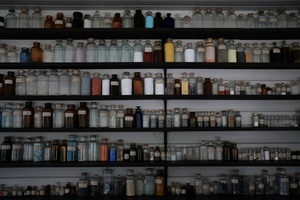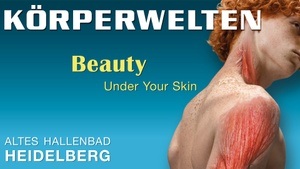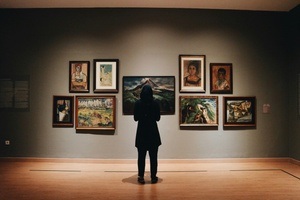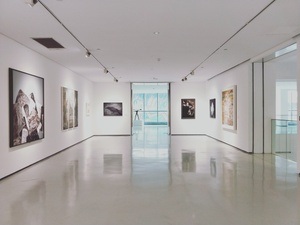100 Jahre "Neue Typographie"
In the organizer's words:
It is typeface that gives language a face. Exactly one hundred years ago, a new, minimalist typography was discovered in the environment of the Bauhaus and its comrades-in-arms. Without these revolutionary changes and foundations, brand logos and typefaces from CHANEL and LAMY to WMF and Apple would have remained unthinkable. Now a small but fine special exhibition at the German Packaging Museum is dedicated to these connections.
The Bauhaus artist László Moholy-Nagy made the start in 1923, the year of crisis in the Weimar Republic: one hundred years ago, he formulated the claim of a 'typographic revolution' and thus marked the beginning of the so-called Bauhaus typeface - supported by famous typographers of the time, such as Jan Tschichold: away from the serif-emphasized Antiqua to the functionalist-technoid grotesque, which created its monument with Paul Renner's 'Futura' in 1927. This typeface has made it from designs for the "Persil" detergent brand to Stanley Kubrick's classic film "2001 - A Space Odyssey" to the landing of Apollo 11 on the moon in 1969. This revolution in typeface design was and still is an integral part of brand and packaging design - right up to the present day. In its special exhibition, the German Packaging Museum shows the change from the "old style" to the new design - with the uncertainties at the beginning, the consistent implementation in the 1930s up to today's brand and packaging design.
This content has been machine translated.












